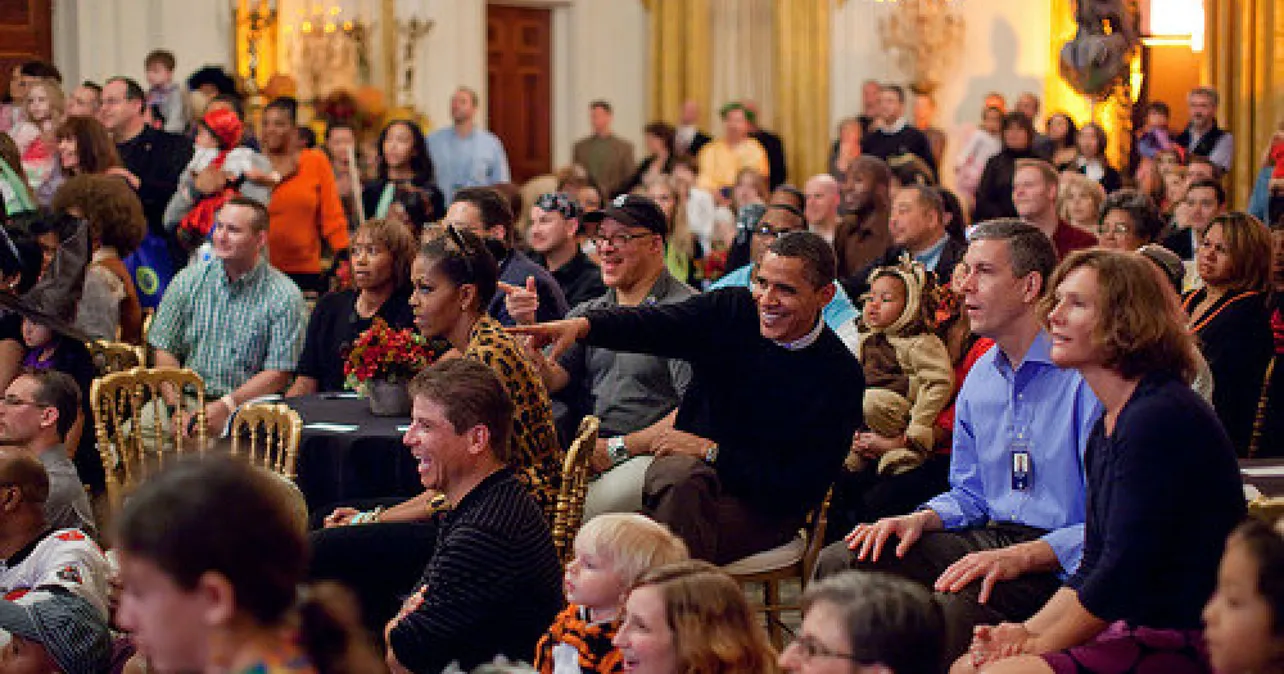In the October issue you’ll find a definite Las Vegas vibe. That includes this month’s Genii Speak video series where I interview the one and only Mac King, who has long reigned on the Las Vegas strip with his wonderful comedy magic show.
OK, back to October: We feature Vanessa Armstrong’s great review of MAGIC Live. Stan Allen, the convention’s organizer and the editor and publisher of the long-running MAGIC Magazine, sat down and answered some questions about how he assembles the convention and plans for the future. And Carl Mercurio weighs in with a fantastic interview with Mat Franco, who is celebrating the 10-year anniversary of his America’s Got Talent win.
Mat’s show is a real example of a “new” Vegas magic show, a different combination, a different look and feel, that all complement the performer. Audiences love it. If you haven’t seen it, you owe it to yourself to see how this clever, successful magician has defined his own theater.
Finally, we’re running an excerpt from Martin Pacheco’s recent Spanish-language edition of Fu Manchu’s autobiography, Un Vida Para La Magia. Roberto Mansilla provided the English translation. Fu Manchu—David Bamberg, of the Bamberg family of magicians—famously reinvented the magic show in the 1930s for his South American audiences, and he inspired magicians with his artistic results. When he brought his act to New York in 1937, just after the death of Howard Thurston, magicians swooned. To many people in magic, the Bamberg show represented the future of magic, although it turned out to be only predictive of audiences south of the border. You can feel his impact in the pages of the 1938 book Greater Magic, where some of his illusions were explained and the magician was asked to write a very important chapter on stage presentation. We’re proud to be including Martin Pacheco’s excerpt from this important new version of a classic book.
When you read the article, you’ll notice photos from the Fu Manchu show, and an example of old-fashioned insensitivity. David Bamberg had appropriated the make-up, costumes, and character of a fictional Asian performer. In Bamberg’s day, it was an unfortunate trope in magic and variety arts: yellow-face. Magicians before him like Chung Ling Soo or even his father, Okito, were western performers who pretended to be Asians on stage, to appear especially exotic or mysterious. Indeed, this cultural impersonation was even seen in operas like Turandot and Madame Butterfly.
Fu Manchu was the name of Sax Rohmer’s fictional villain, featured in his early 20th century novels. Bamberg borrowed the name to create a humorous, Spanish-speaking magician, but when he came to New York, he was prevented from using the name Fu Manchu as it had been trademarked. MGM studios had produced several Fu Manchu films, based on the novels. In these films, of course, the yellow-face tradition continued with the character portrayed by western actors like Boris Karloff.
And, of course, you could hear that one coming... yes, played by a western actor.
In the following pages, don’t miss Mac King, Jason Bishop, Harrison Greenbaum, and the return of many of our columnists. We were delighted to welcome Bill Malone—the amazing Bill Malone—who stepped in to review the new edition of Marlo’s Magazine, and reevaluate the work of his longtime friend and mentor, Ed Marlo. Bill had a great time going through the magazines, and he’s written a great review, pointing out lots of forgotten ideas.
Be sure to read David Belmonte’s recollections of Darwin Ortiz. Take a look at the magic section, which has been specially curated by Noah Levine, and features Richard Kaufman’s Magicana. Jim Hagy is back with a particularly interesting look at two European dealers; Ben Winn has unearthed the story of a young boy who performed as a mind reader in the 1930s. (You won’t be surprised to read that, despite his age, he was perfectly, precociously obnoxious, in the great mind reader tradition.)
Sara Crasson discusses negotiation. Peter McCabe explains how a performer adds personal touches to a script. David Kaye reveals a few examples of accidental theft. And Chloe Olewitz sits down with Alexandra Duvivier, expecting a cup of coffee and an interesting conversation. In fact, there was no coffee, but the conversation was wonderfully electric.
In our Department of Random Boasts, I’d point out that today, even the people who like politics don’t like politics, so please excuse any political endorsements. But of course we’re proud of our contributors. Kevin James appears in this issue with a photo essay treatment of his incredible illusion, The Operation.
When Kevin sent us photos, he included one of President Obama in the East Room at the White House, watching the trick with a big smile. Be sure to notice the range of reactions inspired by Kevin’s astonishing trick. That’s endorsement enough for this impossible routine.
And then, in the last few months, our columnist Sara Crasson was asked to perform at an event where Supreme Court Justice Sonia Sotomayor was a guest. Sara entertained her with a sponge ball routine and earned a letter of thanks from Sotomayor. We have a photo of the trick in progress on the previous page; be sure to note the Secret Service detail who was obliged to watch the routine.

This month, our wonderful Staff Picks contributors, the members of the Onosaka family, have a few things to say about modern magic customers and how the market has changed.
There’s always an interesting perspective from magic shops, and magic shop operators, and the Onosaka family is no exception. They’ve observed the different way that customers are learning magic, and the result of their limited exposure to magic. As they explain, it’s made it more difficult to cultivate customers, but they’ve done it with the very clever use of different products that can be tailored to the customer’s interests. They describe a fascinating situation that must be very common in every magic shop today.
Regarding our product reviews, we’ve experimented with variations and formats. Now that dealers appeal to customers directly through the internet, we’ve realized that priorities are different.
In letters to Genii, readers continue to insist that they want to read more (and more, and more!) about individual tricks. We’re making adjustments to our reviews, in an effort to feature tricks that are worth discussing or debating, and we hope that it brings new perspectives to our reviews, rather than just repeating the website boasts of dealers.
Speaking of dealers, we noted a few months ago that Murphy’s Magic, the
famously inscrutable wholesale company, told us that they will no longer handle Genii. That means that it’s no longer sold in many magic shops around the world. We’ve heard from a number of shops who have registered disappointment. They used to receive six or eight issues a month, and customers would drift in to buy the latest issue, chat, and watch some new tricks. In many ways, that whole “I’m just here for the new magazine” excuse was part of the everyday procedure at a shop, designed to inspire conversation.
We’re going to bring that back. We love magic shops. If any shop contacts our office manager, Peggy, she’ll explain how we propose to make this worth your while. Genii will take steps to wholesale copies directly to you every month with a special rate.
Magicians, pay attention! Ask for Genii at your magic shop!

